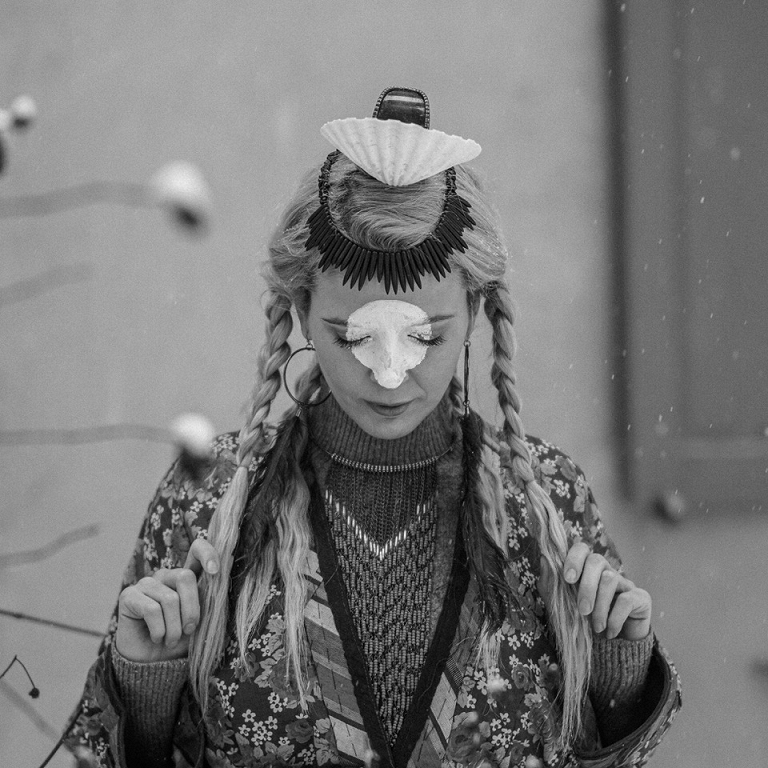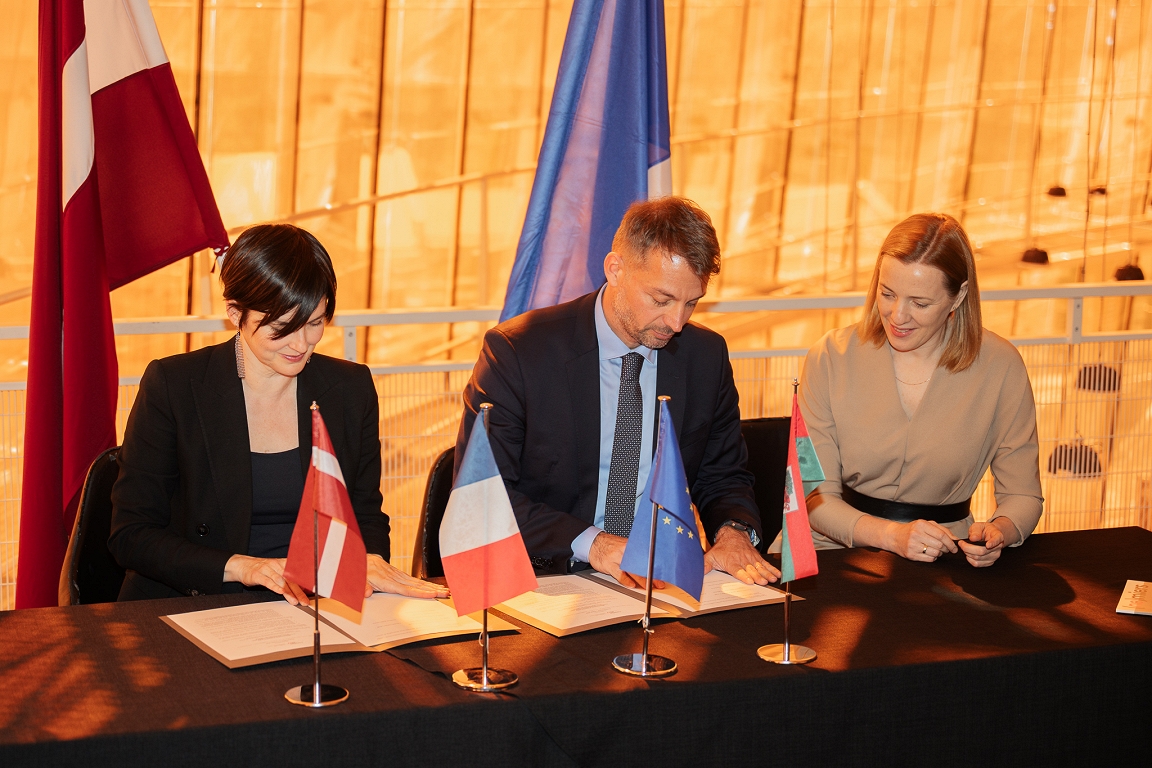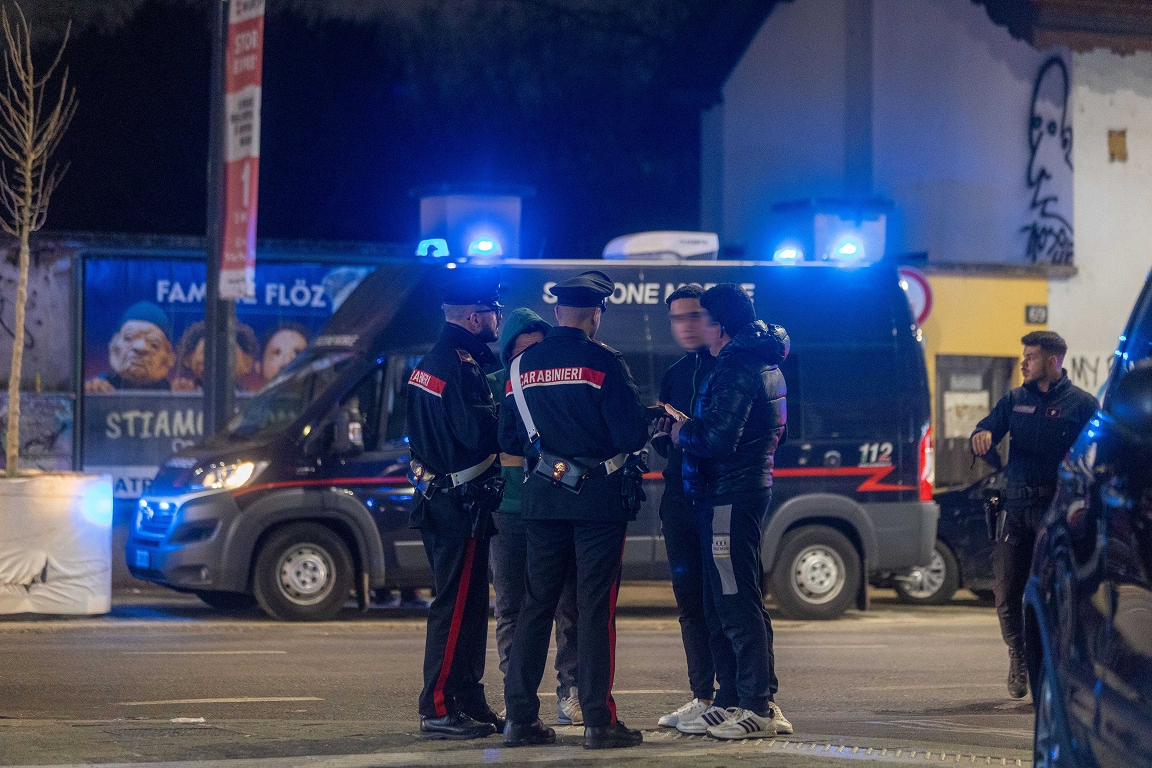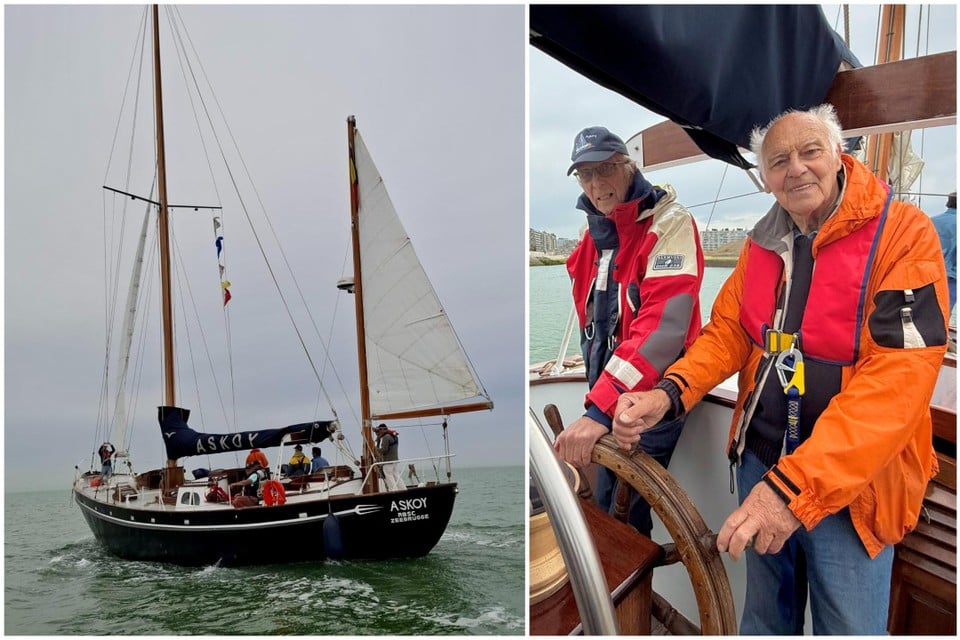With boats cross Latvia / day
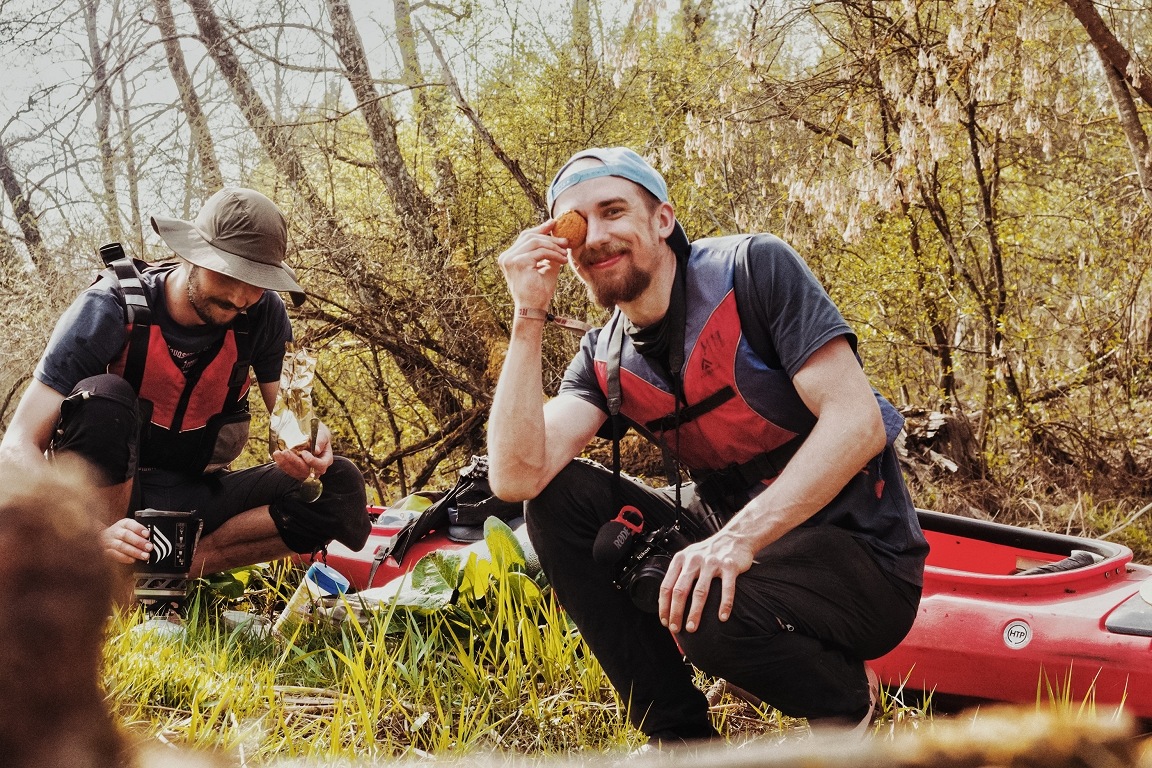
Two young people from Vidzeme – Pēteris Bērziņš and Klāvs Ozols – in April crossed Latvia from the far east point in Pasiene parish, near Zilupe, to the farther western point in Nica parish – Bernat’s horn. With 38 days on the way, about 800 kilometers were overwhelmed, 22 rivers and five catchment pools.
How did you come up with the idea of such a large boat trip with Klav?
We met at the University of Latvia, Faculty of Biology and quickly realized that we have similar interests because they both like nature and enjoy looking at new places. One day, sitting in the library, we started watching the cheapest airline tickets. We found a good flight to Italy. We bought, drove off and traveled with nearly half of Europe. It was the beginning of our common adventures.
The years went on, became more adults and realized that we wanted to arrange a more serious expedition. At first there was the thought of the mountains, but they are dangerous, expensive, we didn’t feel so ready for them either. Inspired by Klav’s father, who is an experienced traveler and who has traveled to Ruhn Island in the winter, we realized that we could organize the expedition here in Latvia. Looking at the opportunities, we decided that it would be most urgent to cross Latvia by boat.
The preparation process began a year ago when I offered this idea for Klav. Was mid -March. When we started exploring the routes, it was revealed that such an expedition was best in late March and April, because then the water level in the rivers is highest. We realized that we would not be able to prepare, so we left for a year, but we continued the route planning. Latvia has very good river digital maps, where all the big rivers are categorized after the water flow. We tried to connect the largest rivers with larger flow.
When we got three options on how our trip might look, we went to see it all in life. There were some steps to be deleted, some modifying some, because we realized that it would not be possible to go by boat in some places. This was followed by a selection of boats. Since we already knew what we needed, we only had to find sponsors so that this boat trip could happen.
Your boat trip ended in early May. What remains the brightest impressions?
There are many impressions, but one of the last and most prominent is the Barta Rafters Festival, where we accidentally got to. It was interesting to see people still making old -fashioned rafts that used to carry trees from the upper reaches of the river to (in the case of Barta) at the Liepaja Match Factory. These rafts are now modified to carry people.
The other, the less positive impression that remains in the bright memory, is the Rezekne River with its pollution. I had never seen anything like this, I do not think it is permissible to overthrow untreated technical waters in the river. In addition, in the river that supplies water to our most devastation – the Luban wetland.
I have not been boating outside Latvia, but apart from the Rezekne River section, the Latvian rivers are still clean. The further the west of Latvia, the more clean the rivers, the boaters’ recreation infrastructure is also at a higher level.
Currently, a multi -series film will be made to see our experience in this expedition. I have almost been assembled in the first series.
What challenges did you encounter during the trip?
When we were planning a trip, we didn’t think we would experience snow, so we had to call extra forces to bring us winter sleeping bags. The cold surprised us unprepared.
When it comes to rivers, Auce, a small river in Zemgale, was both a challenge and a pleasant surprise. In the Auce River, we managed to experience an untouched, wildlife, because it is a completely intact river of human hands, so 40 kilometers of boats had to be pulled under the trees every 30-40 meters, creeping under the trees, creeping under the falls and across the beaver dams. It was a strong contrast compared to the Vadakste, which is the border and where it could be seen that the fallen trees were cut. On the other hand, in the Auce River, it seemed that for 30 years no one had taken a leg. Even when entering Kurzeme, it hadn’t been there for a month at the time, so the boats had to be pulled down the riverbed. The lack of water was a big obstacle to us on the Kurzeme side.
At first, we had calculated that we had to break 25 kilometers a day to go to bed with a peaceful heart in the evening, but after the first days on the Latgale side, where we had to bo series on small rivers, we were in lightweight, as we could only drive six to eight kilometers a day. We were afraid that we would not be in the destination within a month or 40 days, but we would need some two or three months. However, when we entered the Rezekne River, we started to speed and rushed 30 kilometers a day. We dried 50 kilometers a day. On average, large rivers were 40, with small rivers and streams – just ten kilometers.
How did you plan overnight and cooking?
We didn’t have the tents. We chose not to sleep in them, because lying in the tent for several days, all the clothes become wet – soaked with condensate – and then it is difficult to dry them, especially on a boat ride when you are on the water all the time. We slept under the butt, a couple of nights lying in Hamak, but most often we slept in sleeping bags by the campfire.
We consumed vegan food because Klav is vegan, so to make us both lives, I adjust to his menu for this time. Most foods from beans, oats, buckwheat, potatoes. We tried to find the right proportion between carbohydrates and protein because we had calculated that we needed 4,000 calories a day. Those calories that we did not take in sufficient amounts of breakfast and dinner were compensated for the day with oatmeal biscuits.
What would be the suggestions for those who would like if not to repeat your journey, at least to irritate one of the river sections?
When it comes to the technical side, it has to be said that good oars are as important as a good boat. If we calculate that we make hundreds of thousands of rowing every day, there is a significant difference between light carbon fiber and ordinary oars. If we can save at least 50 grams with lighter oars, it gets up with the difference over time and has a difference.
The other thing I would recommend is to buy a water filter bottle because we only took drinking water from the river. Such a filter bottle makes life easier because you do not have to guide additional bottles of water. Especially if the boat has to be pulled on a dry bearing, each kilogram is important.
The third suggestion, which may be a bit opposed to what I just said, is not too touching with the equipment. Our setting was that we would only go with the minimum required. Except for the cameras, the rest of the equipment was primitive for us. We didn’t have water overalls usually pulled by boats. We drove into simple rubber boots, with ordinary vests and slightly better paddles. We wanted to show that such an expedition does not require very expensive equipment. Anyone can go on a boat trip using only what is already available to them.

